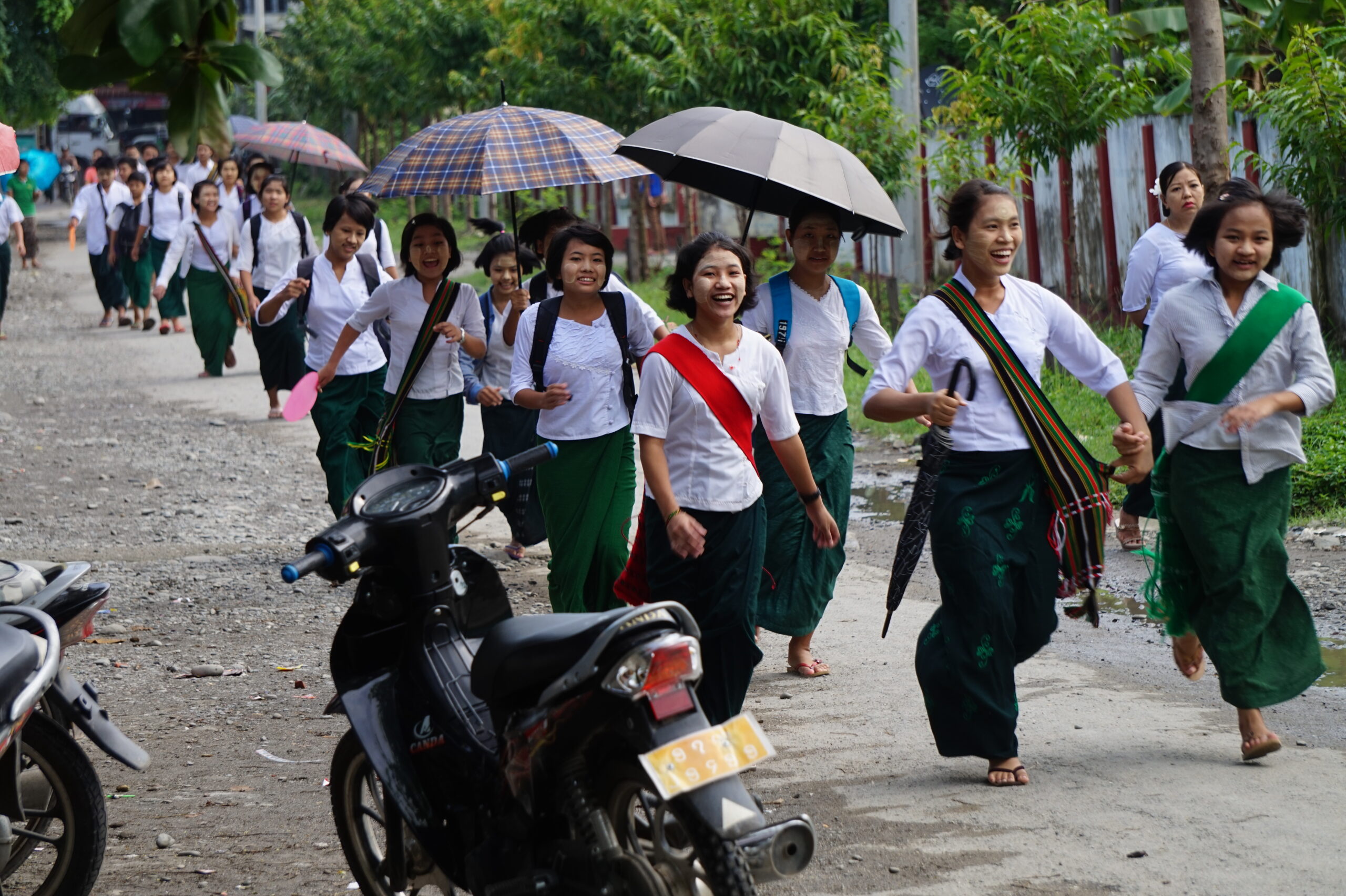Fight School Drop Out in Shan State, Myanmar
The current situation in Myanmar is more than complex – ethnic minorities are torn between a political crisis, increasing poverty, drug and human trafficking […]
Child labour may seem to be a problem in the past. For many countries in the Global North, child labour was a huge problem during industrialisation and up to the early and mid-20th Century. However, while many in the Global North have departed from the exploitative practices of child labour, many in the Global South are still entrenched in this insidious cycle of poverty. Picture this: children in the Global North reciting poems about their hopes for the future while children in the Global South are simply hoping to get by today. That is the harsh reality for many children in rural Myanmar. To read, write and articulate one’s thoughts are luxuries that one cannot afford.
In Myanmar, “one in ten of 12 million children between the age of 5 and 17 are engaged in child labour”. They engage in a variety of work and are often exposed to hazardous working conditions or exploitative practices. This includes but is not limited to working in fisheries, farming, F&B, rubber tapping and tending cattle. The type of work that children are engaged in is hugely dependent on the industry that prevails in their location of residence and their parents’ employment.
While one may potentially argue that such work is simply “helping out with household chores”, such a frivolous attitude seriously undermines the extent of (hazardous) work that these children are engaged in. After all, carrying a basket and harvesting in the paddy field from day to night is not the same as cleaning the plate after having dinner. The question is then, why is child labour such a prevalent and pervasive problem in rural Myanmar?
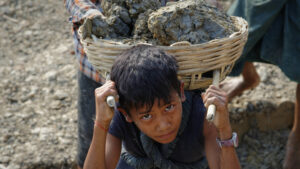
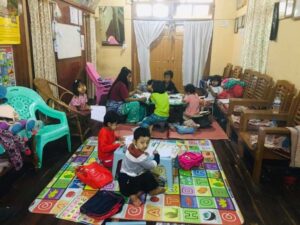
Child labour is a result of a complex constellation of many factors. For instance, some of these reasons include abject poverty, deeply-rooted injustices, poor quality of public education, and gender inequity in the job market. But on top of the many factors, the recent developments of the pandemic and the coup have accelerated and exacerbated the situation for many children in rural Myanmar.
The pandemic forced millions of children and youths to adopt a virtual learning environment. For many privileged families, online learning brought about many benefits such as increased flexibility and increased independence in learning. However, for children in rural Myanmar, online learning was almost tantamount to putting an absolute stop to their education.
The reason is simple: over 80% of families do not have the means to facilitate online learning. This means that families either do not own digital devices or reside in locations where internet connection is so weak that it is near-impossible for children to learn via a virtual space. More often than not, it is a confluence of both factors. While it is true that the pandemic has affected the entire human population, children in rural Myanmar are disproportionately affected by this sudden twist of events. Given the difficulty of online learning, many families decided to stop sending their children to school and encourage them to turn to “helping out at home”. This results in a rise in school drop-out rates and child labour rates.
More pertinently, the political developments in the country have also greatly affected children in Myanmar. In the same ILO report earlier, it notes that “the incidence of child labour in countries affected by armed conflict was 77% higher than the global average, and the incidence of hazardous work was 50% higher”.
In order to protest against the military regime, many teachers decided to conduct labour strikes. This meant that children lose access to educational materials and resources in physical schools. Parents are also hesitant to send their children to school due to safety concerns. Unlike the well-resourced public school systems in many Global North countries where school buses are visible in every turning of the streets, children residing in rural Myanmar often have to traverse across many villages to get to school by foot. This meant that with the ongoing and increasingly widespread armed conflict, there is an increased likelihood for children to be hurt when they walk past heavily militarized areas.
Many also see going to public schools as a symbol of bowing down to the military regime. Thus, many who oppose the current regime refrain from going to school to voice their defiance against the regime. All of these additional dimensions increase the rates of school dropout and consequently, increase the rates of child labour.
“the incidence of child labour in countries affected by armed conflict was 77% higher than the global average, and the incidence of hazardous work was 50% higher”
ILO, 2022
Given the grim situation, Children of the Mekong has decided to launch an informal classes programme throughout 29 locations in Myanmar. This programme aims to provide an alternative to the public school system and continue supporting children’s education in Myanmar. It aims to help over 6,300 students from the poorest districts and remote villages in Myanmar. Children will get to learn both academic and non-academic subjects, enhancing holistic development even in the face of adversity.
It is indisputable that the situation in Myanmar is very challenging for locals. However, the children in Myanmar have continuously demonstrated their unwillingness to resign to fate and their unbeatable resilience. Once and once again, they stand back up on their feet to tell us: we want to learn. We bring the books to Myanmar, thinking that we are bringing hope and knowledge to them. But with their unmatched strength, they have brought hope to us. They have shown us why we continue doing what we do.
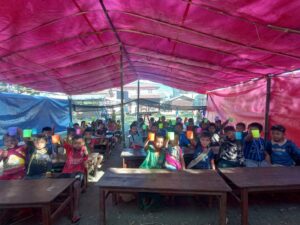
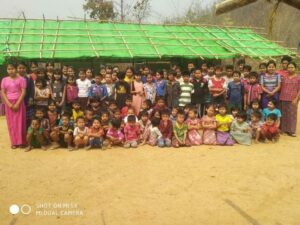
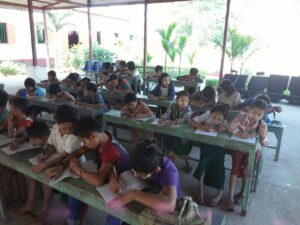
Throughout the article, child labour, school drop-out, and military conflict are spoken through statistics. Numbers which ostensibly encapsulate the gravity of the situation also effectively conceal the lived experiences of everyday children in Myanmar. Numbers are as effective a tool for calculation as a means to detach ourselves from lived realities. Hence, as we approach the end of the article, we urge all our readers to look beyond the statistics but to feel for the children in Myanmar. Your donation may be simply a numerical sum, but at the other end of the world, it is another smiling child. It is a hopeful child. It is a child, eager to learn and eager to change the world just as how you have changed their world for the better.
Learn more about our privacy policy here.

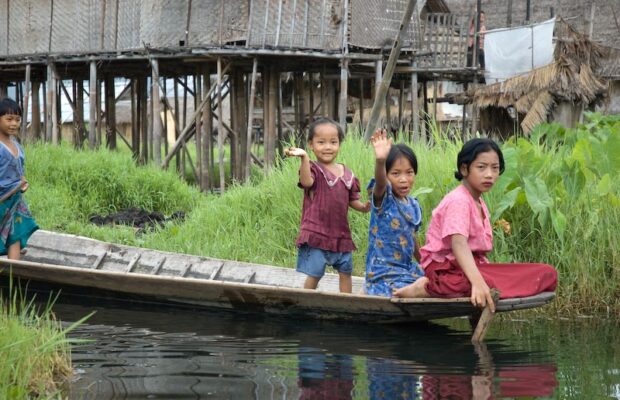
The current situation in Myanmar is more than complex – ethnic minorities are torn between a political crisis, increasing poverty, drug and human trafficking […]
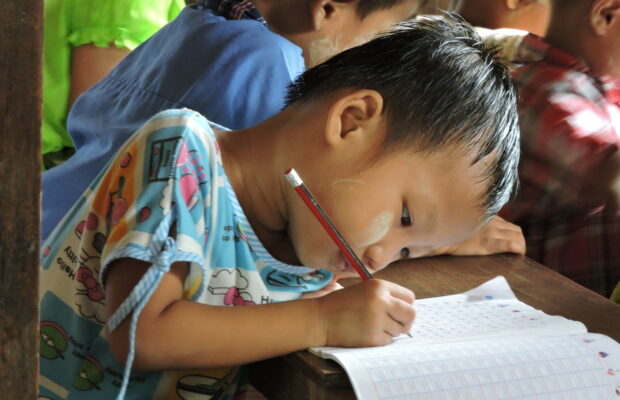
It is a real challenge for children in Tedim to go to school. This child sponsorship is a unique opportunity for these children to […]
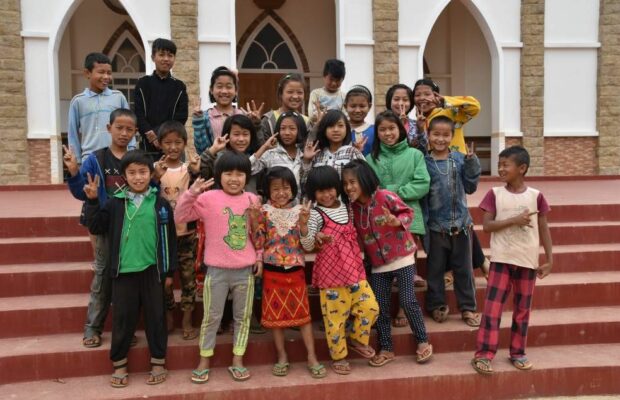
The Nam Khai programme supports the education of children who live in an isolated rural region plagued by armed conflict, drug trafficking and human […]
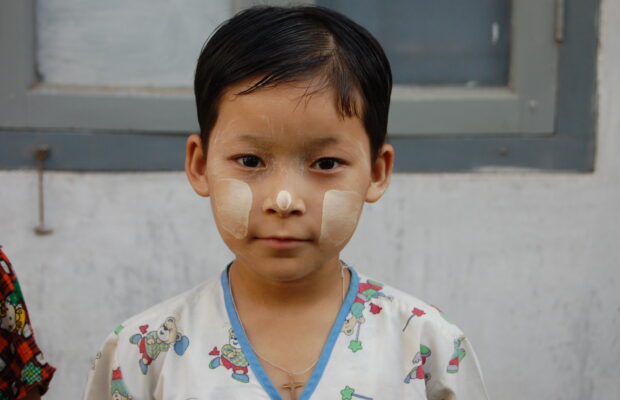
Sponsor a child from Myanmar
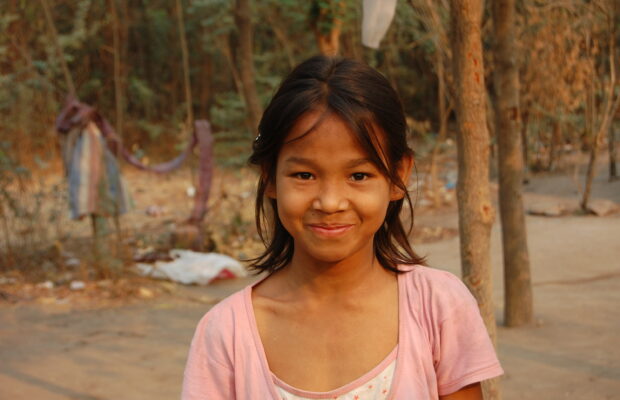
The Kyauk Tan centre, located east of Yangon, caters to children from communities that live on the margins of development. One-third of the children […]
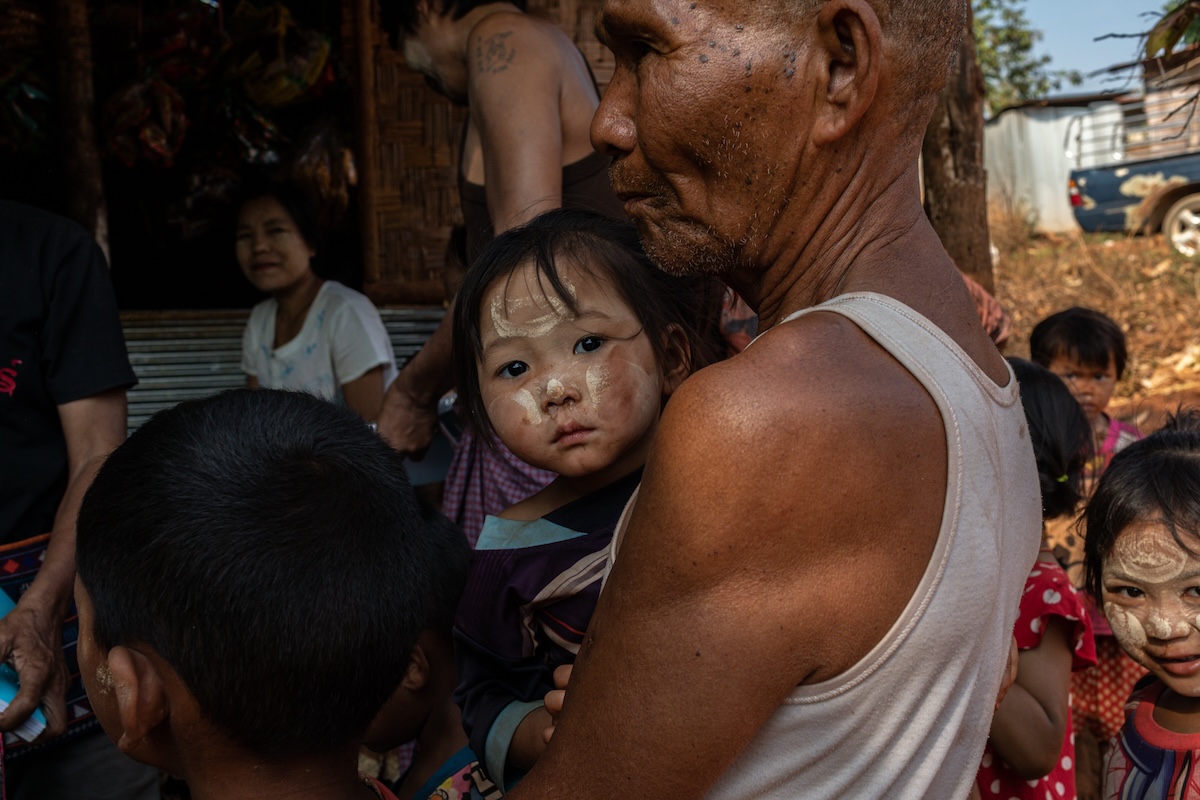
The new anti-migration policy in Thailand and the civil war in Myanmar have thrown the border area into turmoil. Faced with the horror from […]
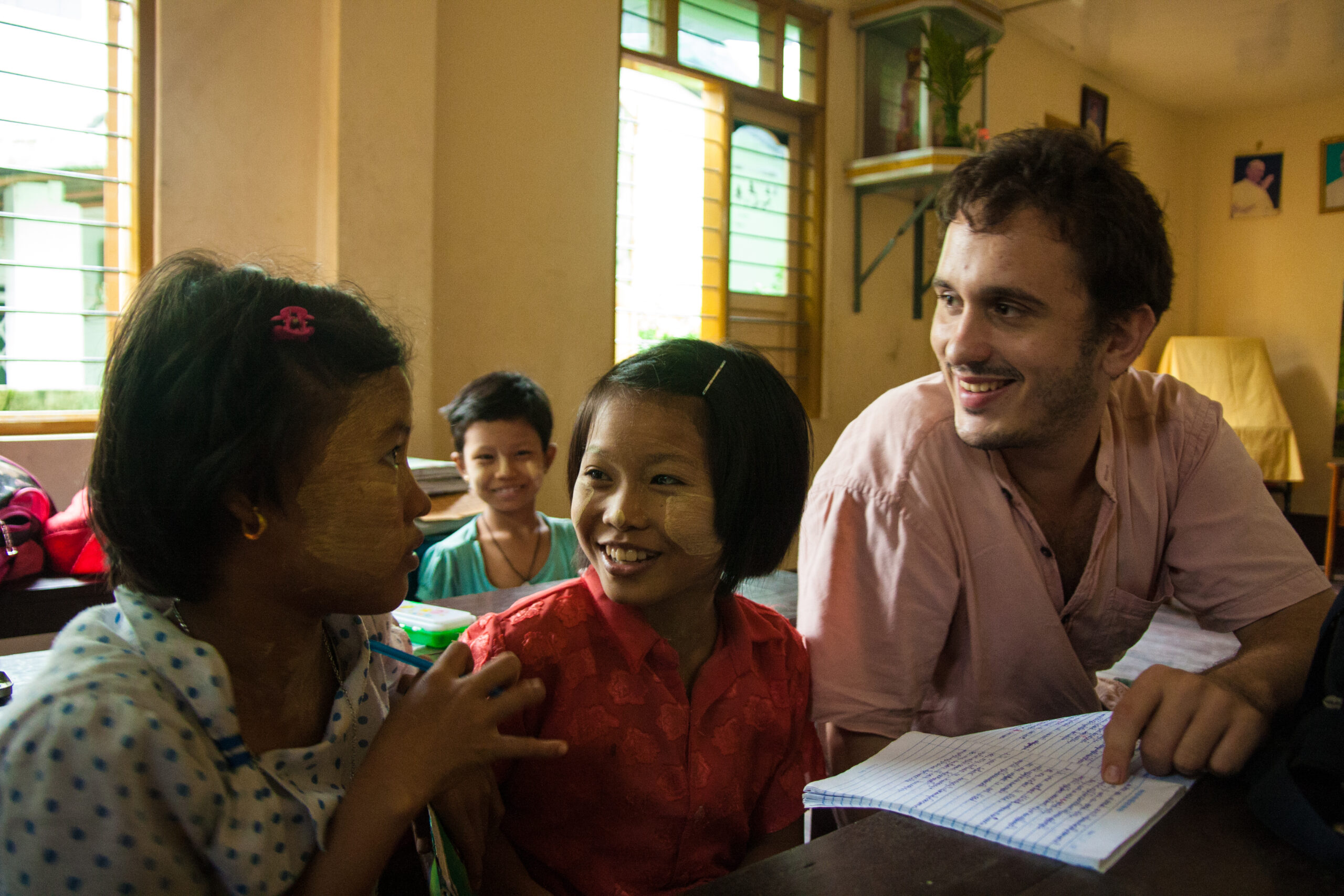
Author: Shi Xian Conflict aftermath in Myanmar poses extensive barriers to quality education for refugee girls, disrupting access due to fleeing families and limited […]
